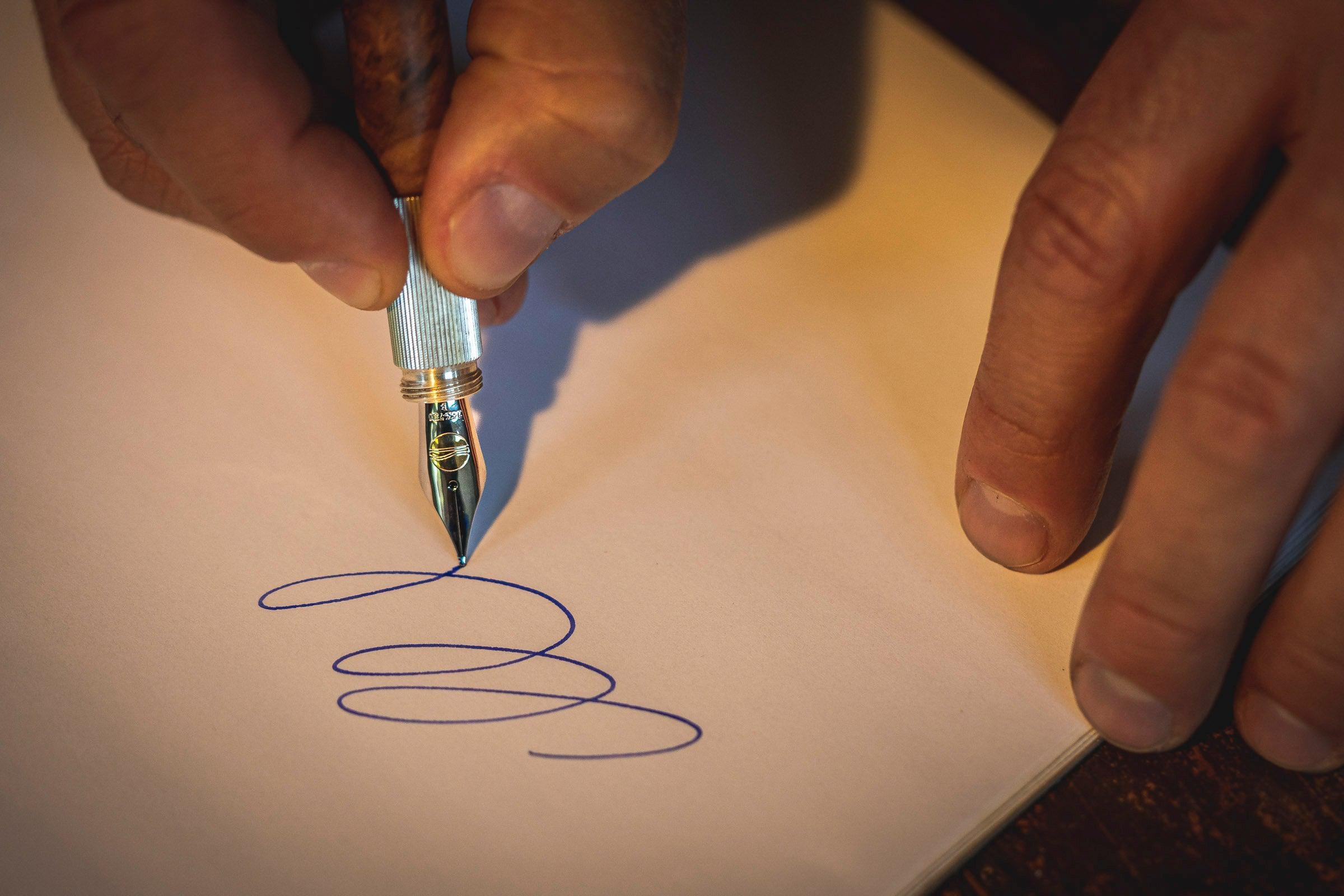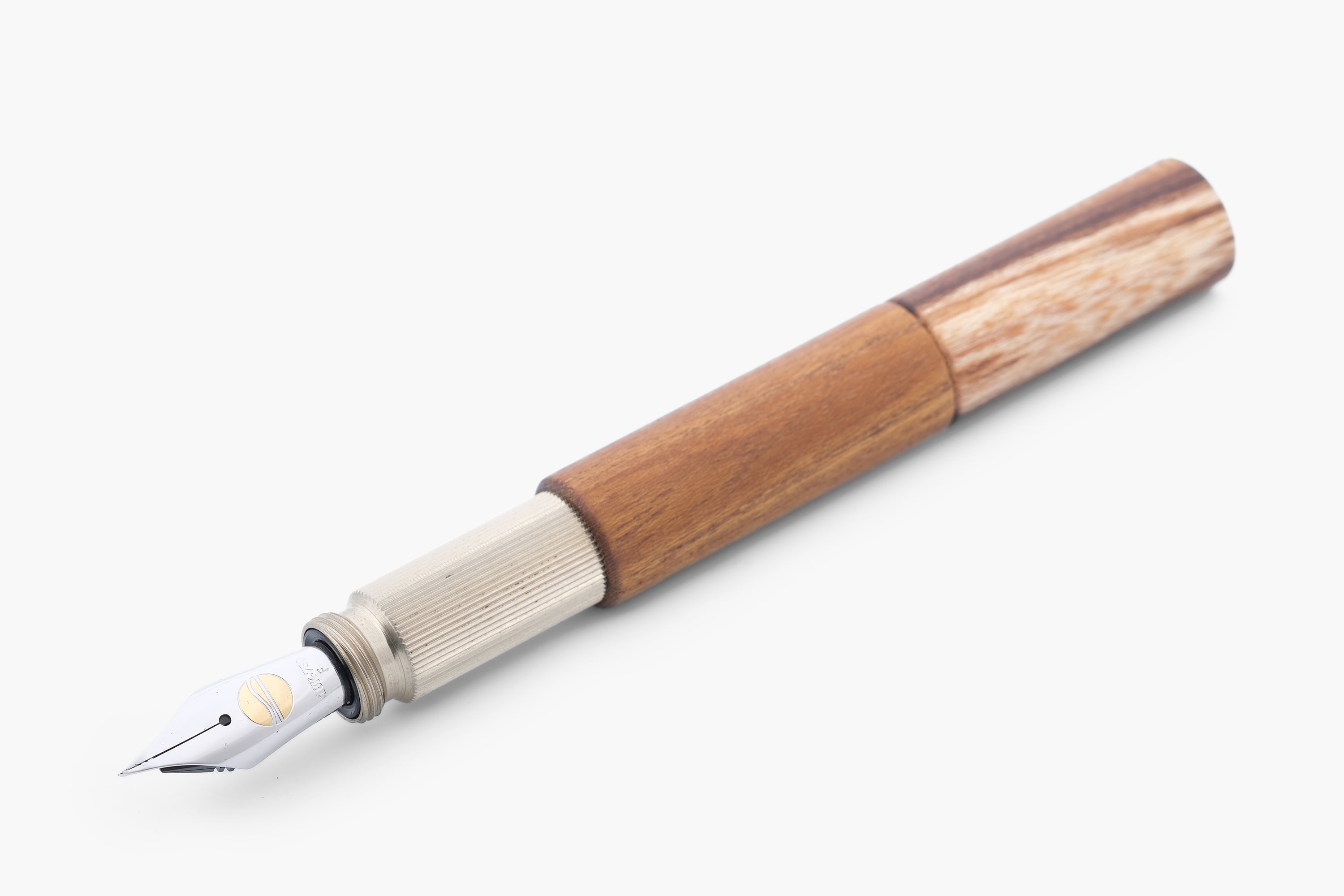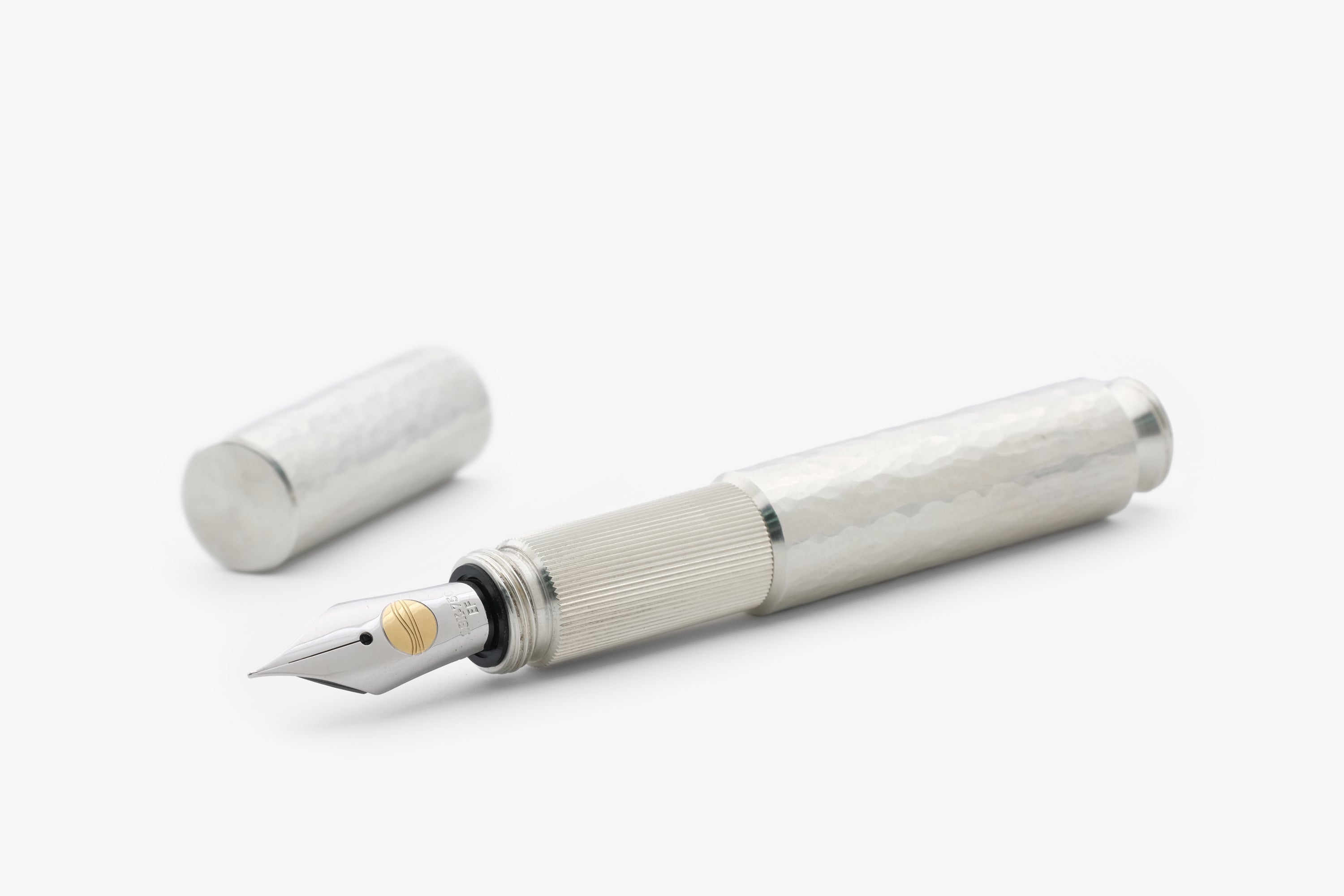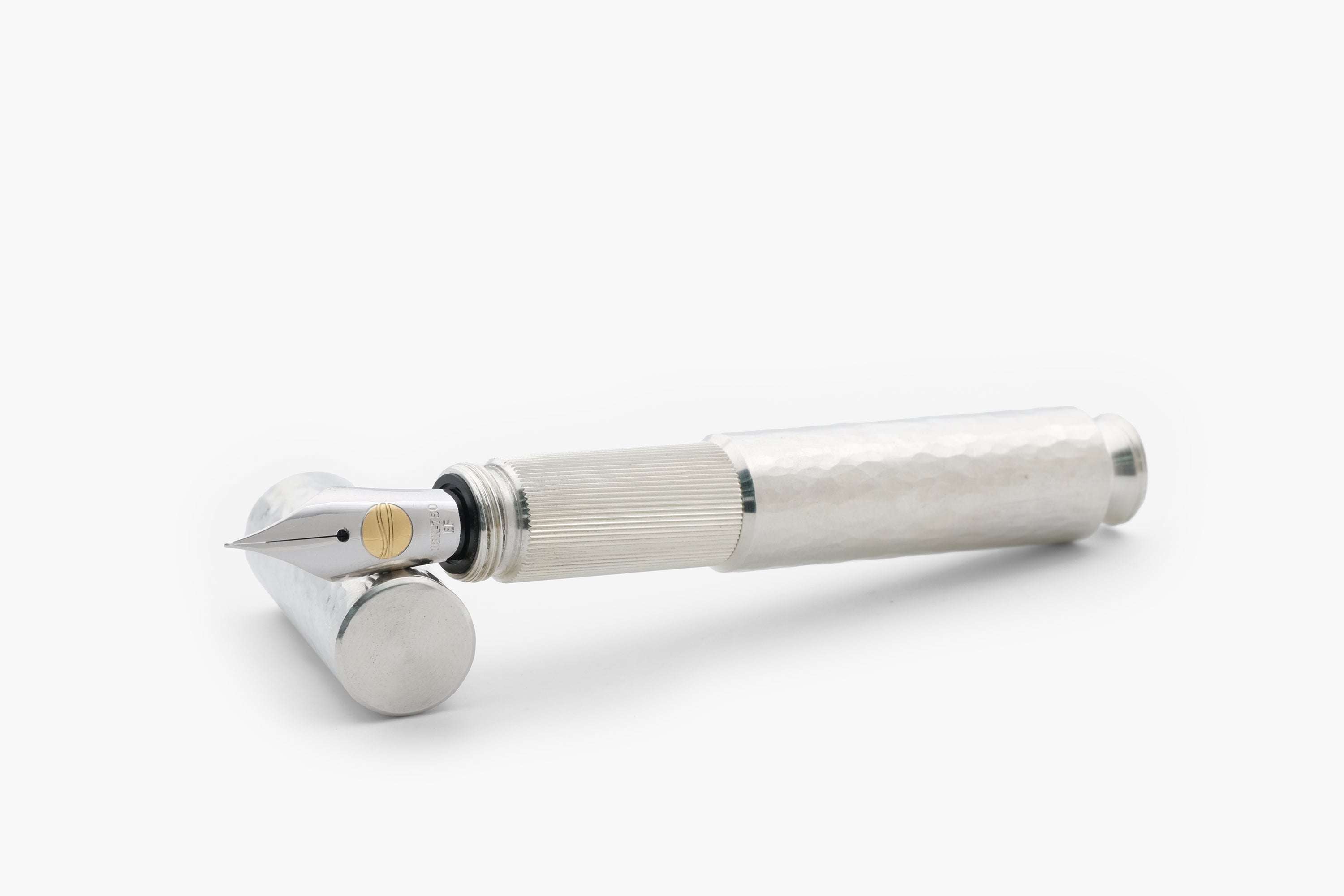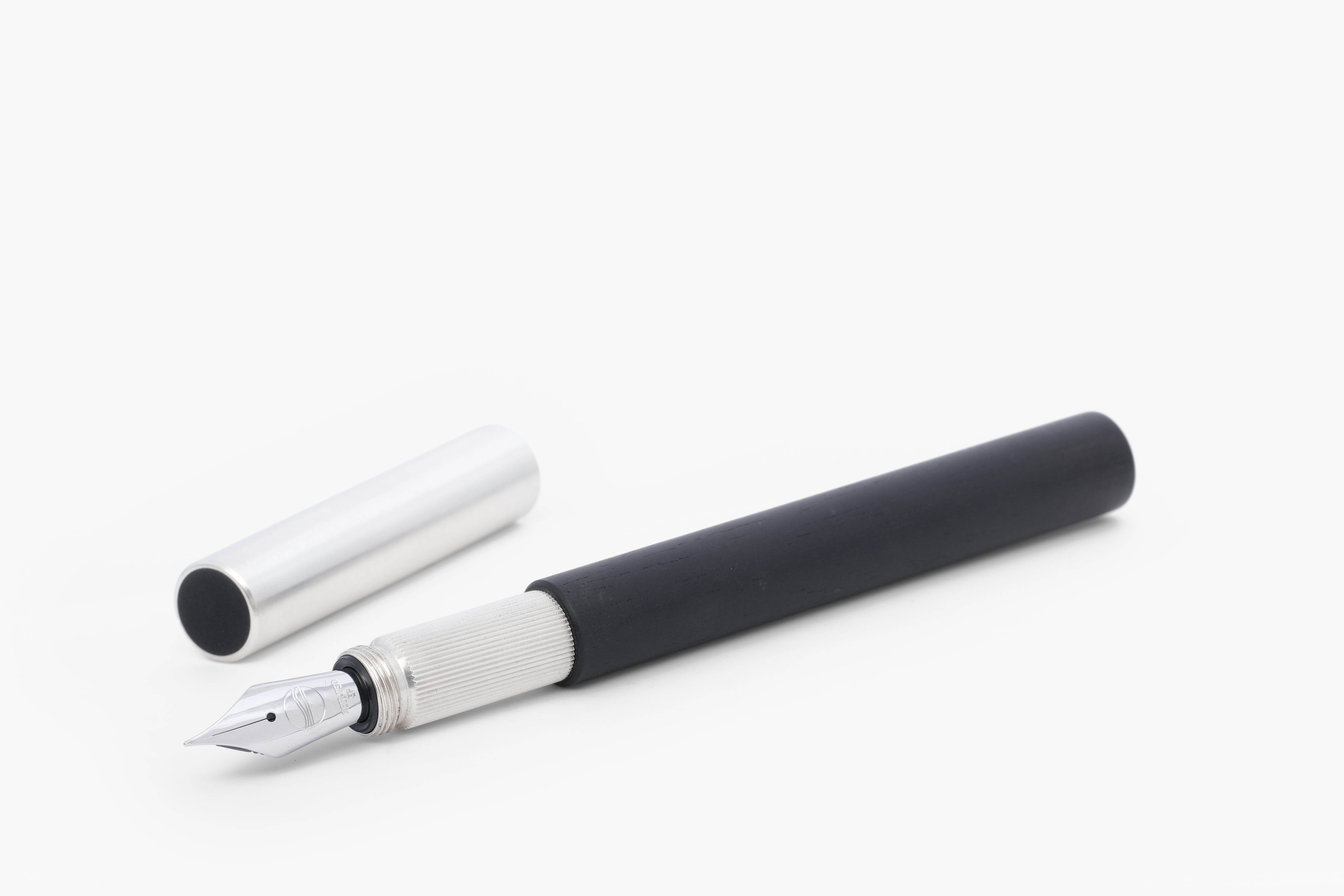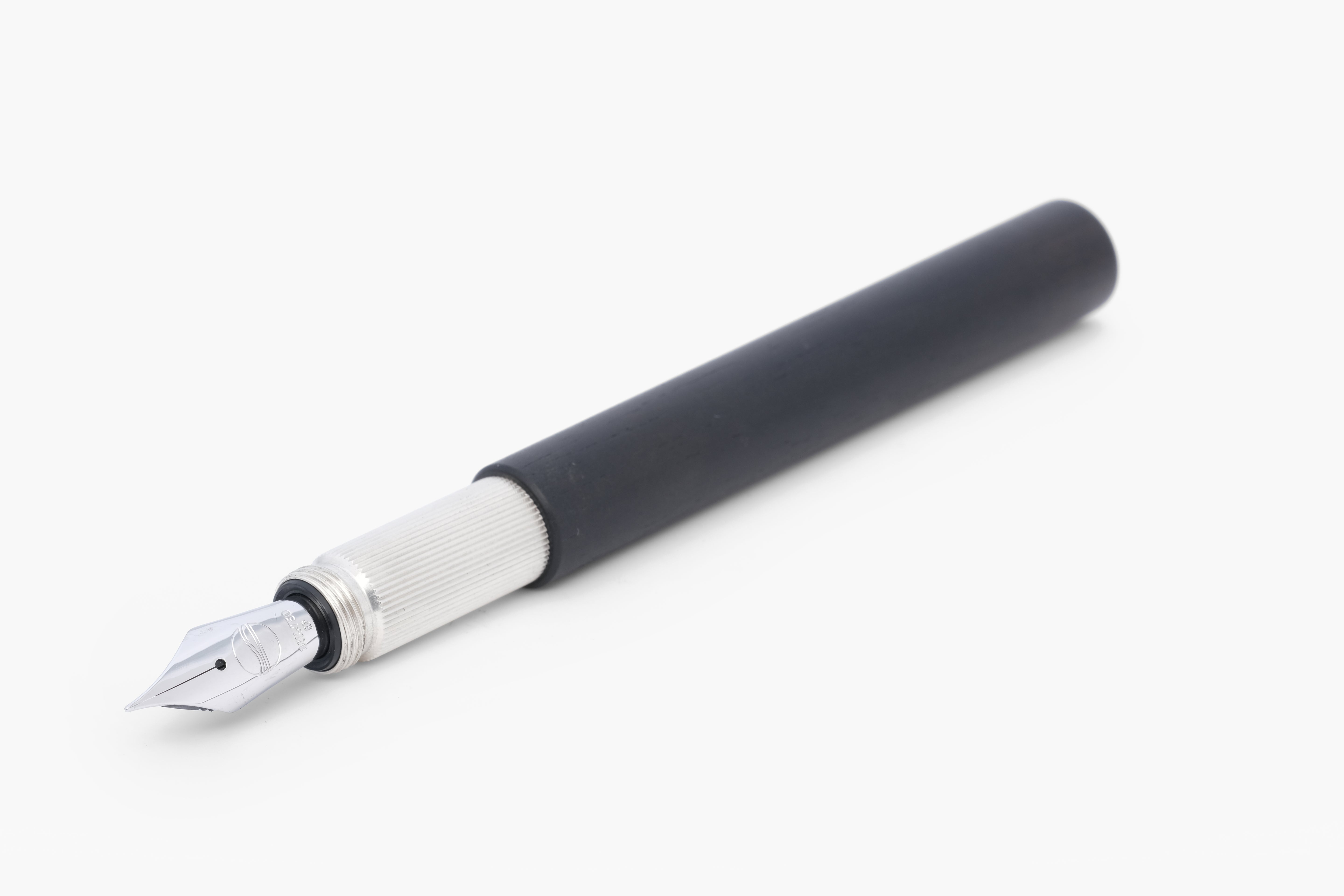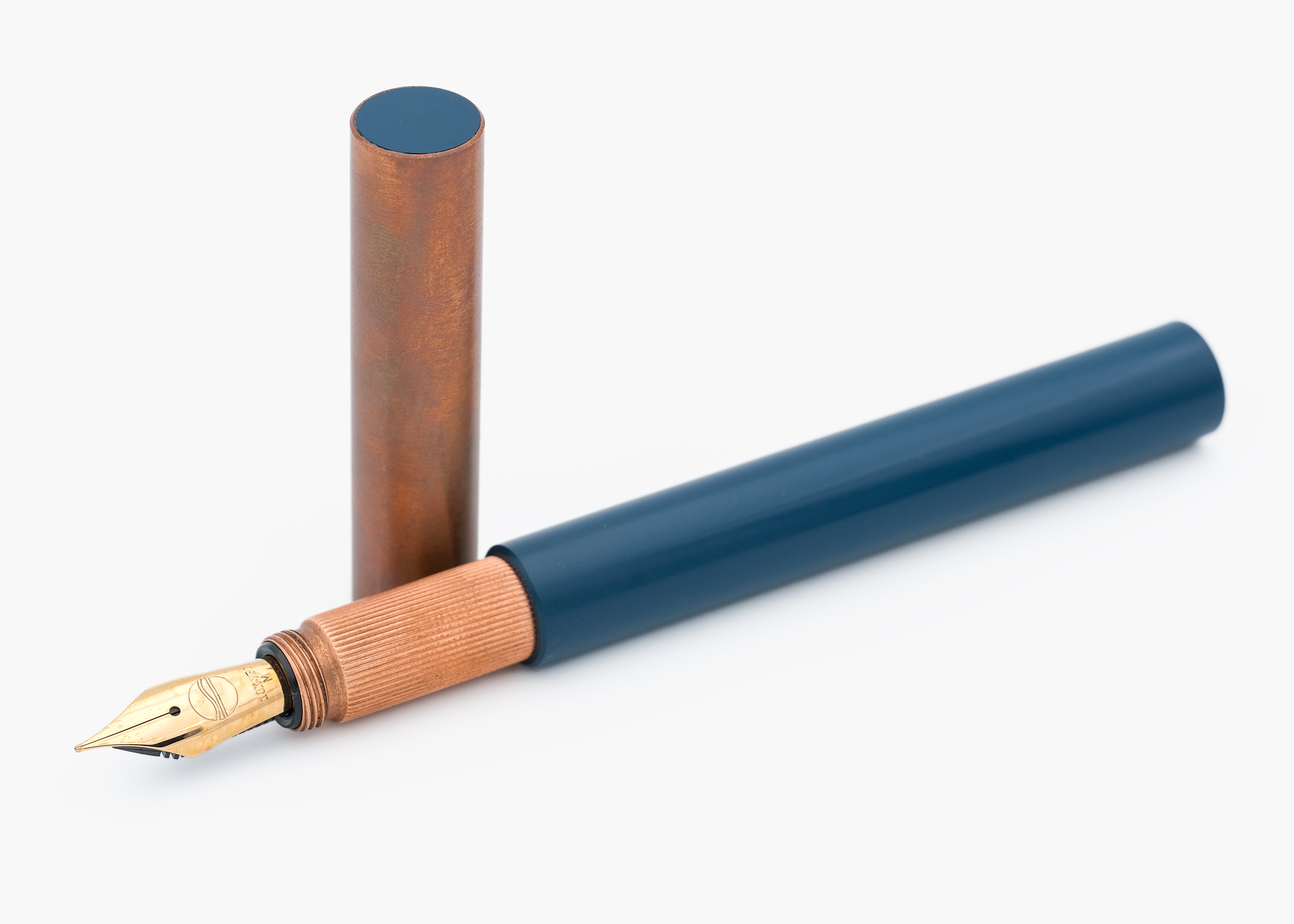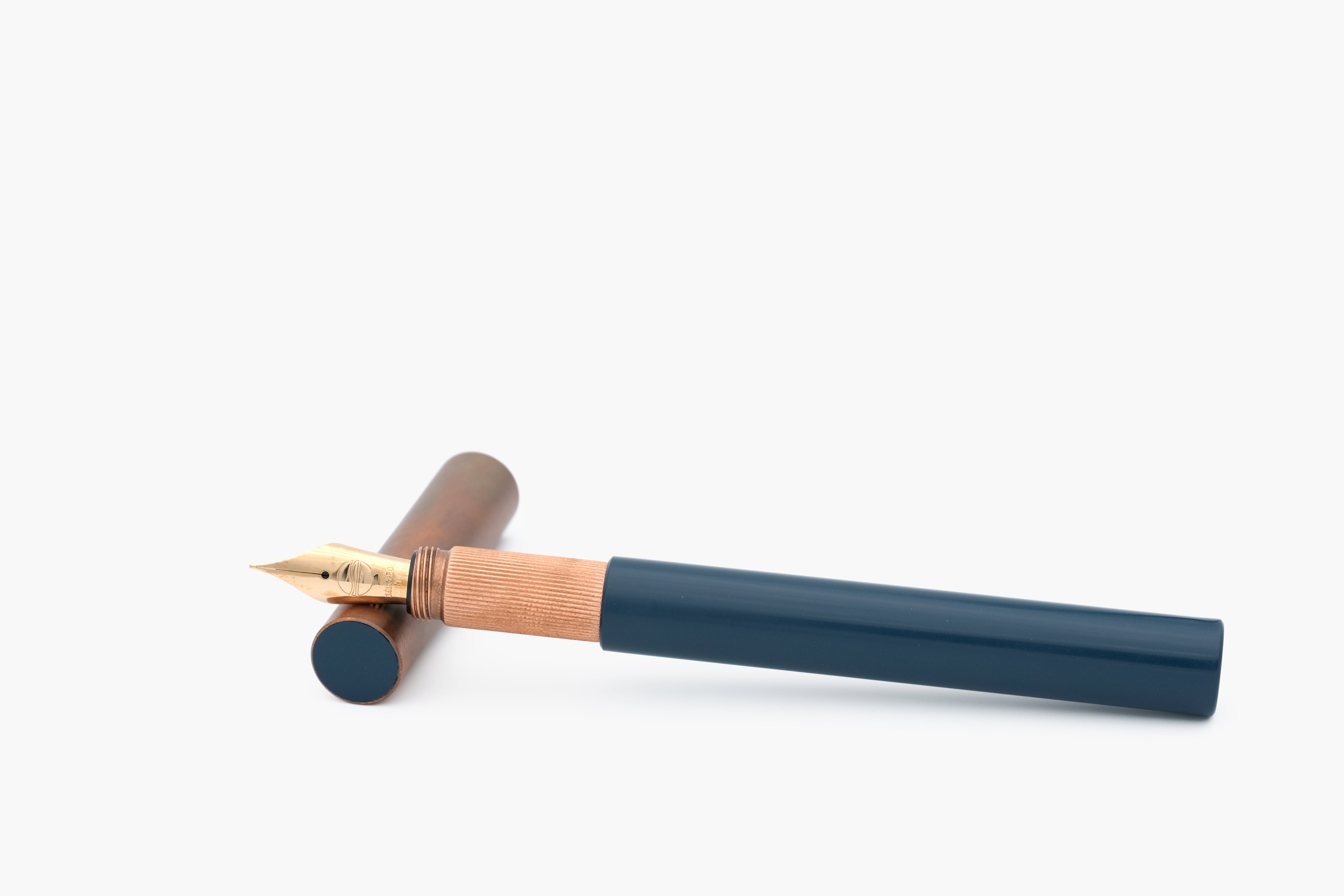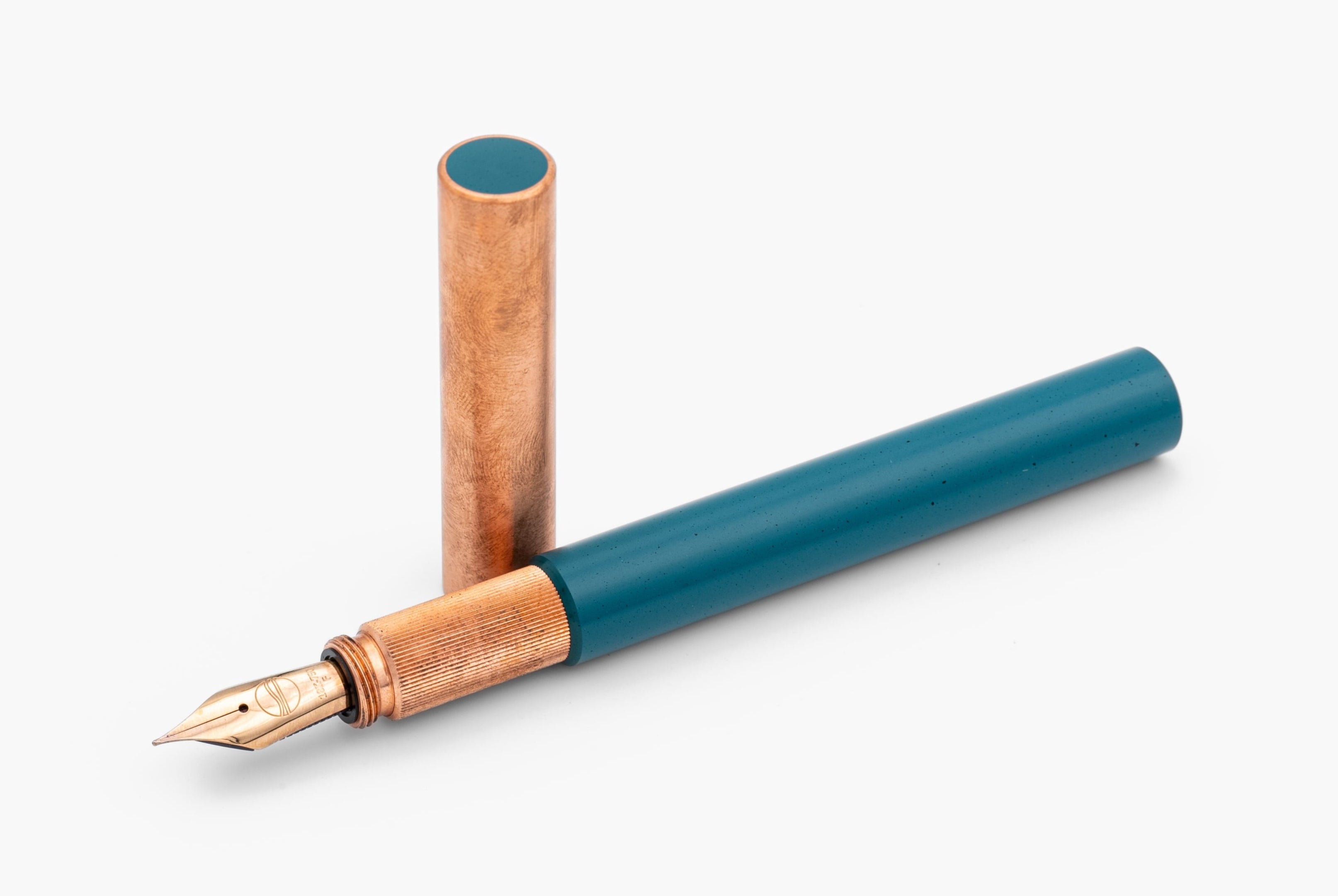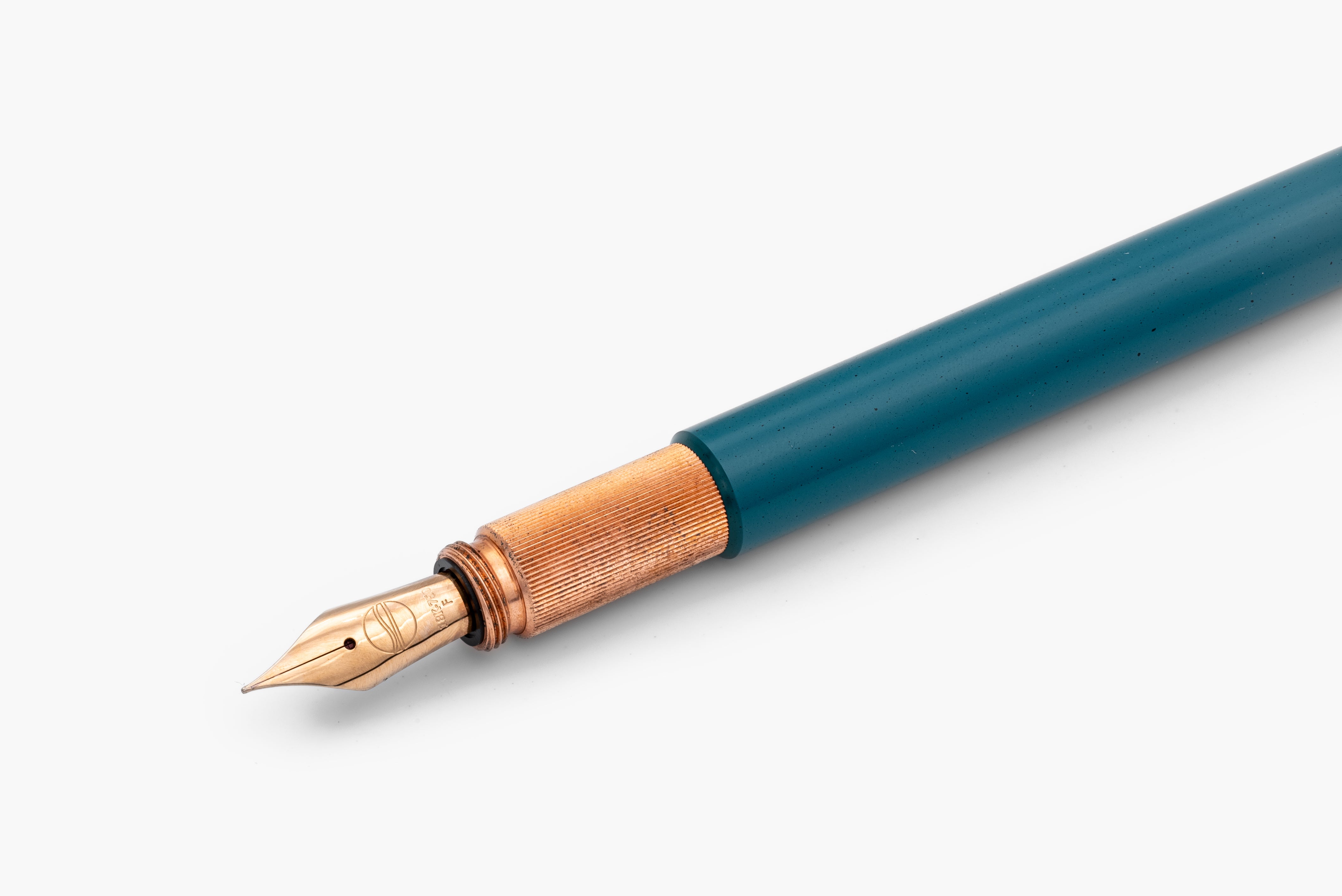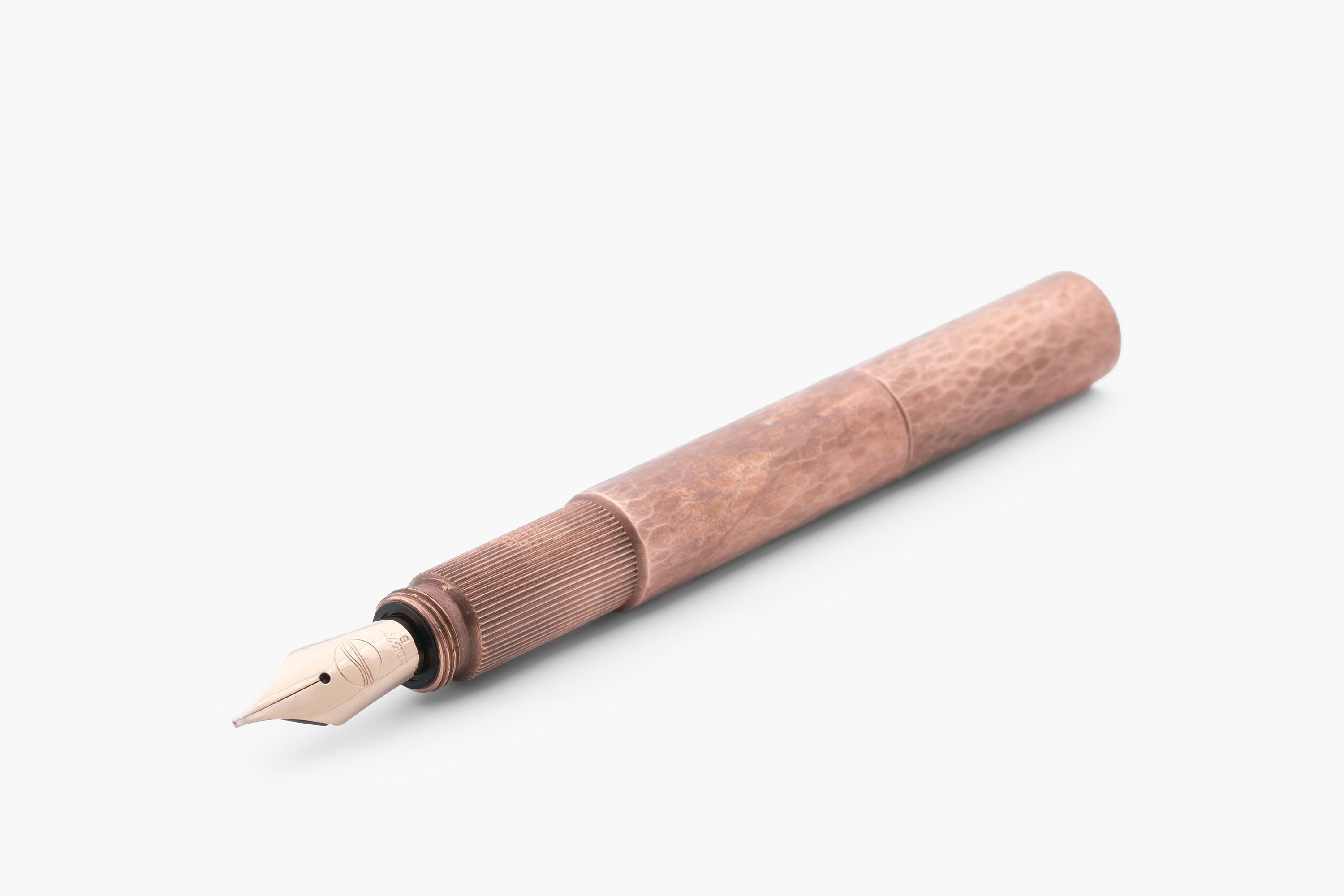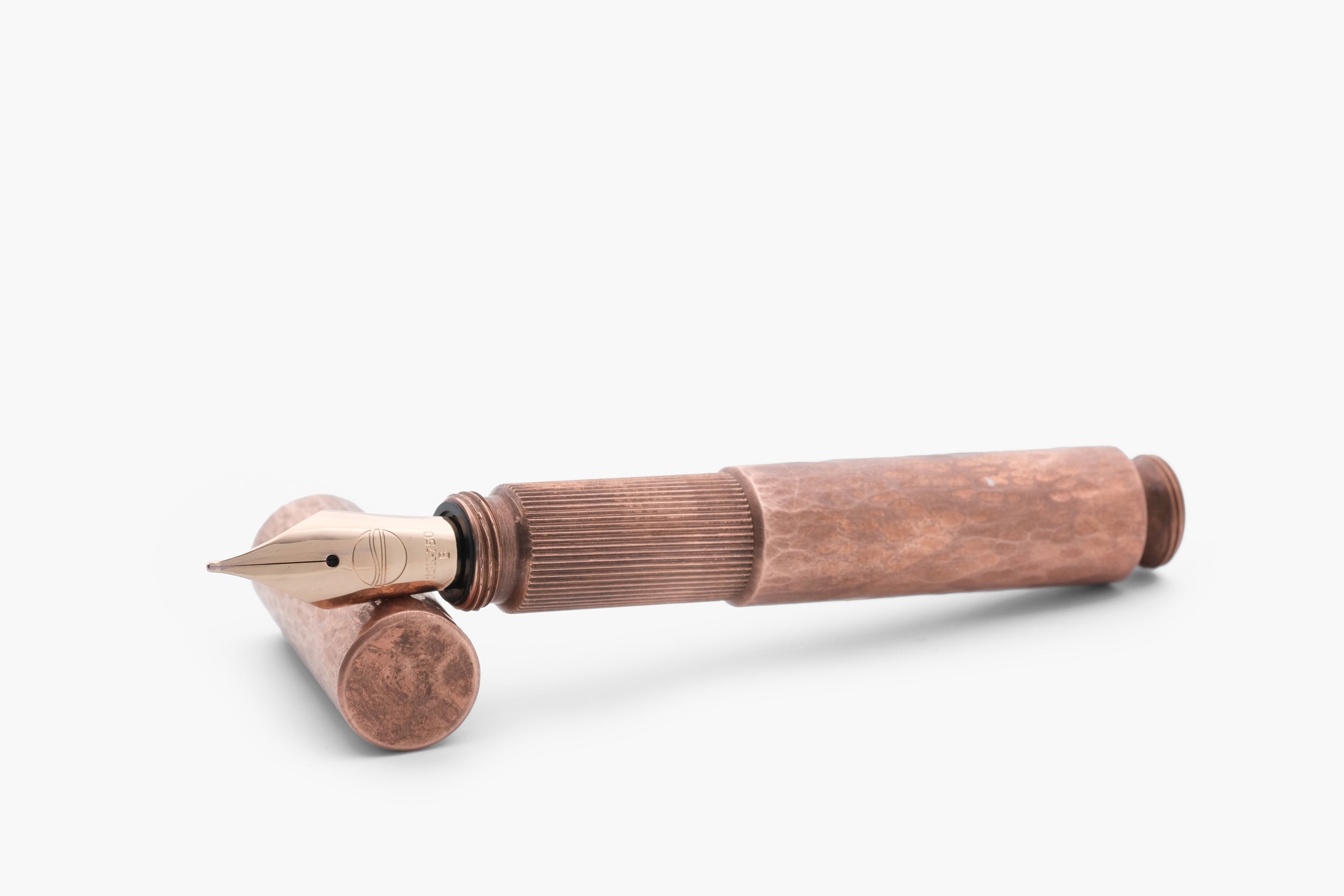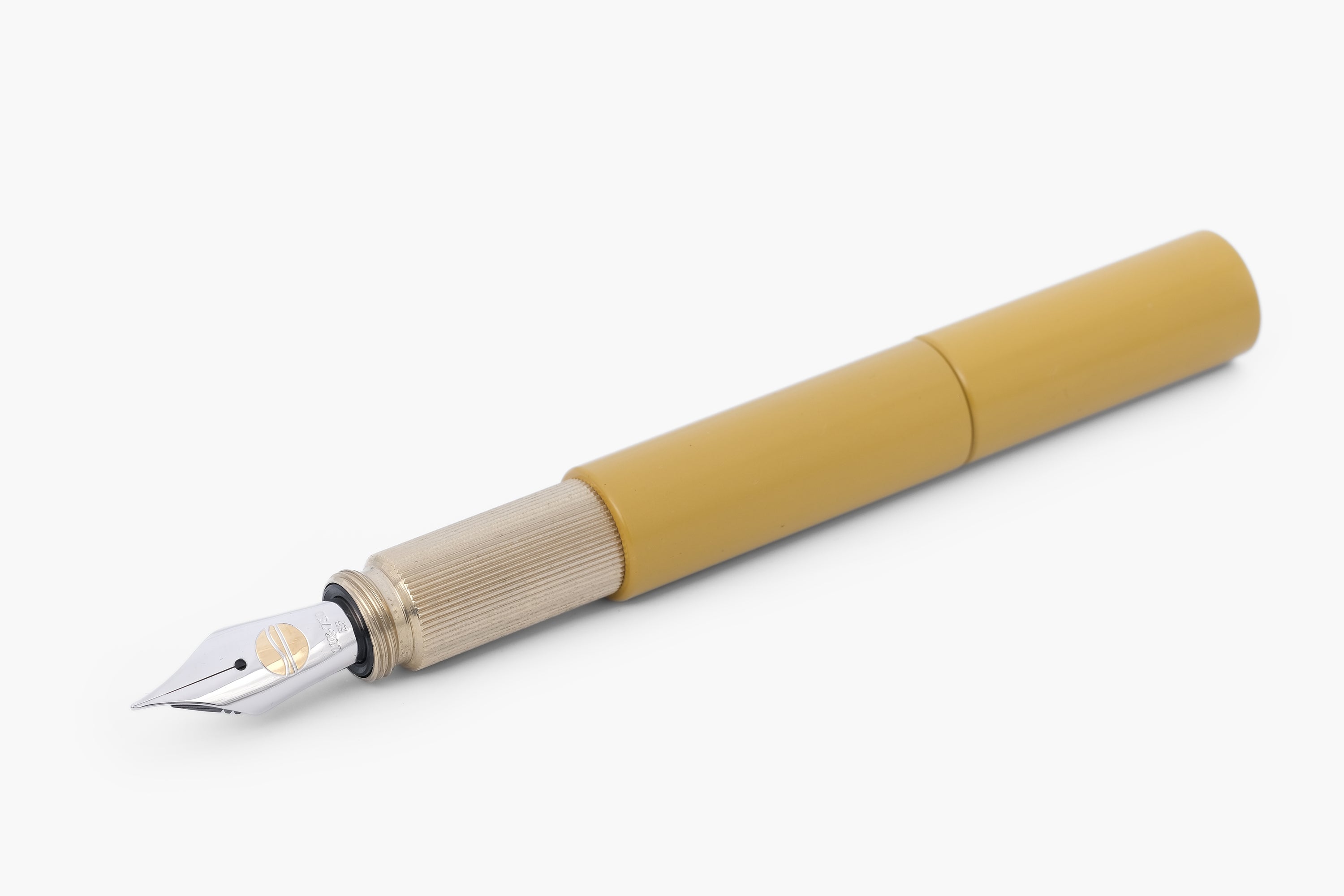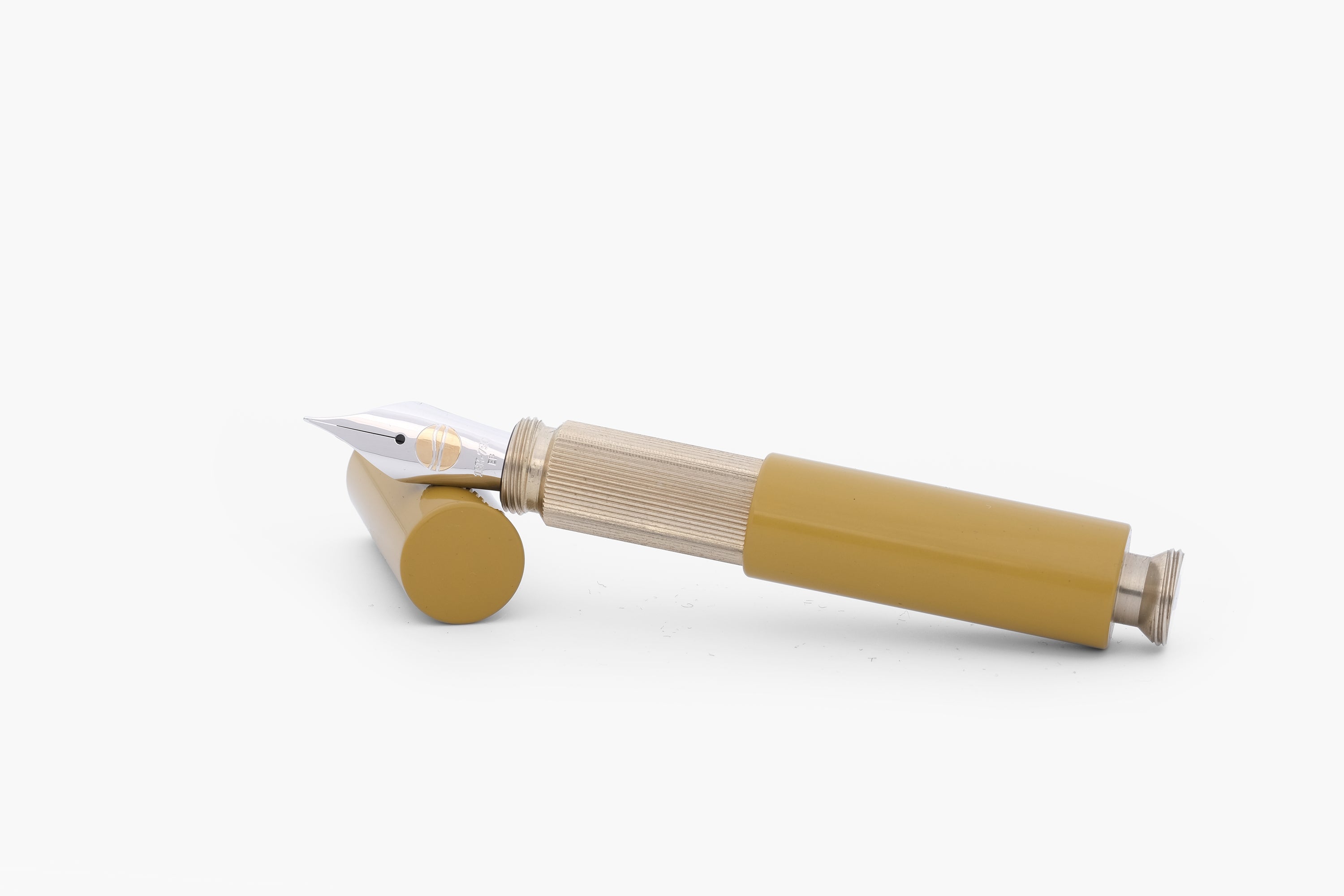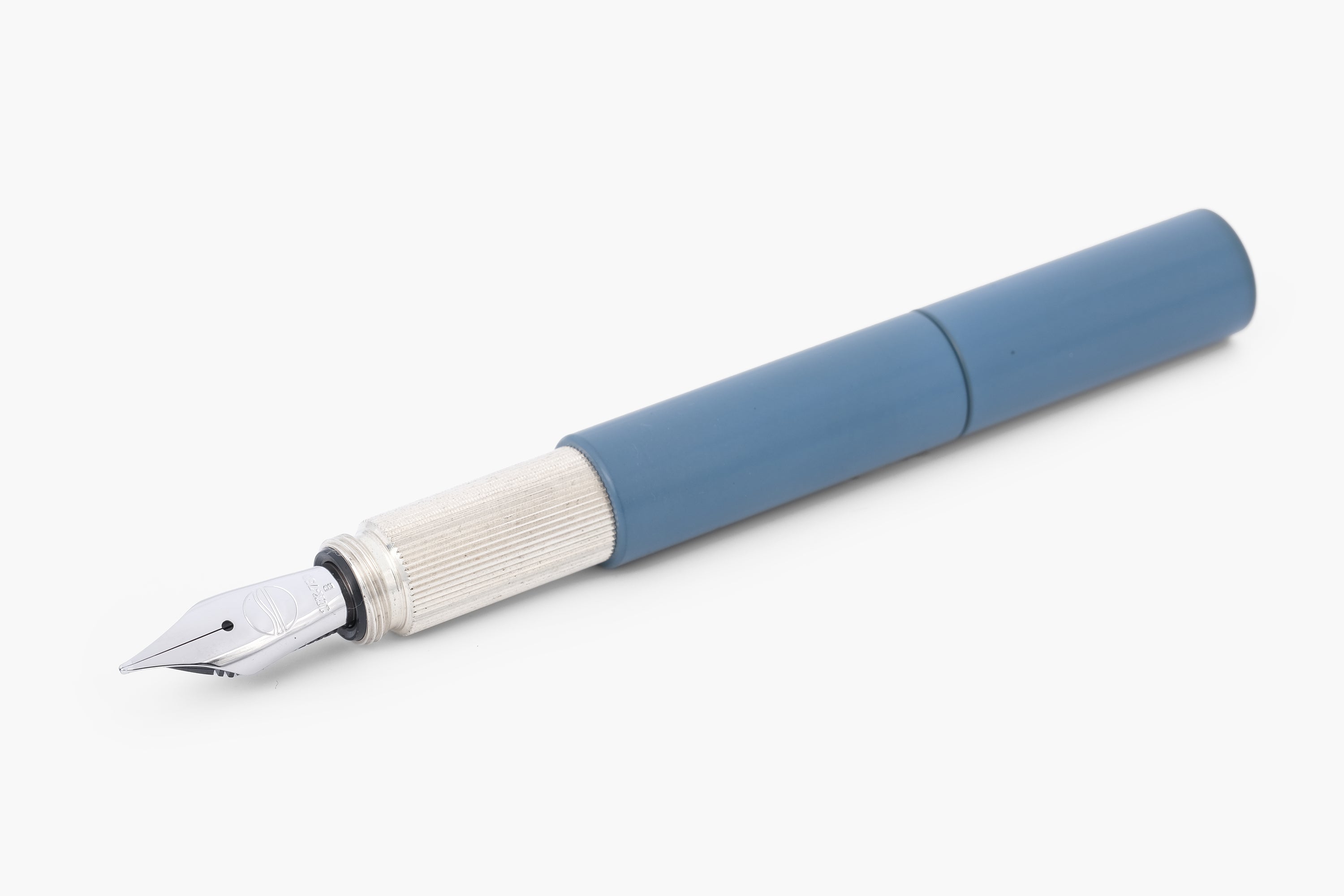Article: HOW DO YOU FIND THE RIGHT FOUNTAIN PEN?
HOW DO YOU FIND THE RIGHT FOUNTAIN PEN?

Writing is an art. Like a painter, the handwriter needs the right tools to make his work of art a success.
When the sun falls through the workshop of the Writing Instruments Manufactory ELBWOOD in the morning, its rays transform into a romantic flair, which encourages the revival of this old
Anatomy of a high quality fountain pen

The most obvious thing about a fountain pen is its anatomy or shape. From the character a decorative element the special feature in the showpiece known as the shaft is obvious. This should comfortably lengthen the fountain pen to make the writing process seamless and effective. The fountain pen thus takes on the shape and character of its owner. This is evident in the way the letters are drawn and is as unique and detailed as a fingerprint.
So that pen and fountain pen merge, the shaft is ergonomically designed and can be enhanced with surface applications, patterns or colours. The quality of a fountain pen is therefore expressed in the material used, which takes up the most space in the shape of the body and the cap. The external appearance of the one-off production is therefore all the more attractive the higher the quality of the outer shell used. The nib, which ultimately makes the writing process itself possible, is another important component of the fountain pen. Aside from the mechanics used, the shape of the writing instrument should take into account the hand size and the physique of the later user.
High-quality materials refine the appearance of the fountain pen

ELBWOOD, THE HANSEATIC PENMAKER works exclusively sustainably and follows contemporary environmental thinking. No materials from endangered animal and plant species are used. The artist and creative craftsman Frank Pressentin takes a lot of time to complete a noble writing instrument and breathes life into every form, no matter how small. Like a sculptor, the artisan can draw on a variety of materials, with wood, metal, and ebonite being the most common.
For the creation of body and cap, the feel and weight of the raw materials used are important quality features. While a shaft made of pure ebonite is very light and can be designed in a variety of colors, the metal is rather heavy with its own weight. Whether copper, silver or brass, over time metals form an individual patina and thus become a unique unique. Wood, on the other hand, lives from its unique grain and its natural feel.
The attention to detail makes a fountain pen a special fountain pen
The creative examination of the form and shape of a fountain pen automatically draws the eye to its surface.Here surface texture, coloring and pattern reflect the design of the writing instrument, which is stylistically modern and classically refined. The minimalist and modern appearance of the fountain pen from ELBWOOD emphasizes the pure, natural Materials and their inherent properties and characteristics. The form as a stage for the material guides Frank Pressentin's creative approach.
The pen with which the writer flies over the sheet of paper
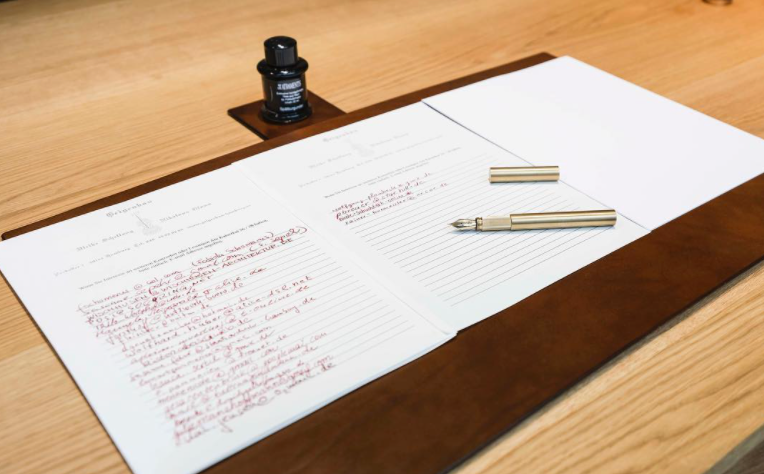
Authors who regularly merge with their tool during the writing process report that there is a special connection between them and the writing instrument. This becomes particularly evident when the fountain pen seems to resist being used by others. The manufacturer ELBWOOD tries to breathe its own soul into the writing utensil so that the owner can identify with it. Not only the handle, the shaft and the cap are individually designed, but also the nib. Ultimately, this is what gives wings to the words and leaves a visible trace on the white sheet of paper. Various nib materials and shapes are available for this purpose, the quintessence of which is calligraphy and the art of beautiful writing.
Gold and stainless steel, the most common nib materials

The effect of stainless steel can be just as fascinating as that of gold. Visually a matter of taste, the quality of both metals is expressed during handling. stainless steel, a more modern and contemporary product contrasts with the classic luster of gold, which can shine as gold plating or as pure gold nib. The ELBWOOD nibs are made of 18K (750) gold. The feeling of writing with gold nibs is inimitably soft in the style. In order for this to succeed, a so-called writing point made of the harder platinum metal iridium is welded onto the relatively soft material gold. The end result is a nib that is less rigid in use than a steel nib. While stainless steel is significantly more scratch-resistant, nibs made of gold are rewarded for the way they write. A more harmonious typeface and the feeling that the gold nib glides almost independently over the writing paper have been associated by some with the legacy of the fountain pen.
Nibs - HANDMADE IN GERMANY
ELBWOOD offers nibs made of stainless steel or gold with the nib widths: ExtraFine (EF), Fine (F ), Medium (M) and Broad (B). This provides the handwriter with a high-quality selection that focuses on the typeface like a work of art. The nibs are specially made for ELBWOOD by JoWo Berliner Schreibfeder GmbH - one of the world's most renowned manufacturers
of this rare art.
All nibs bear the embossed ELBWOOD signet. They guarantee absolute precision of the ink flow, the finest vibration behavior and a harmonious style that is reflected in a perfect typeface.
The Hamburg brand for fine writing instruments
ELBWOOD stands for special fountain pens made with honest and passionate craftsmanship. The minimalist writing utensils have character and become more and more beautiful with time of use. Each individual product is a personal statement by the craftsman, which offers the writer a working tool that exudes its own individual magic.Writing becomes a kind of prayer, loosely based on Franz Kafka
REQUEST CUSTOM MADE PRODUCTION.
